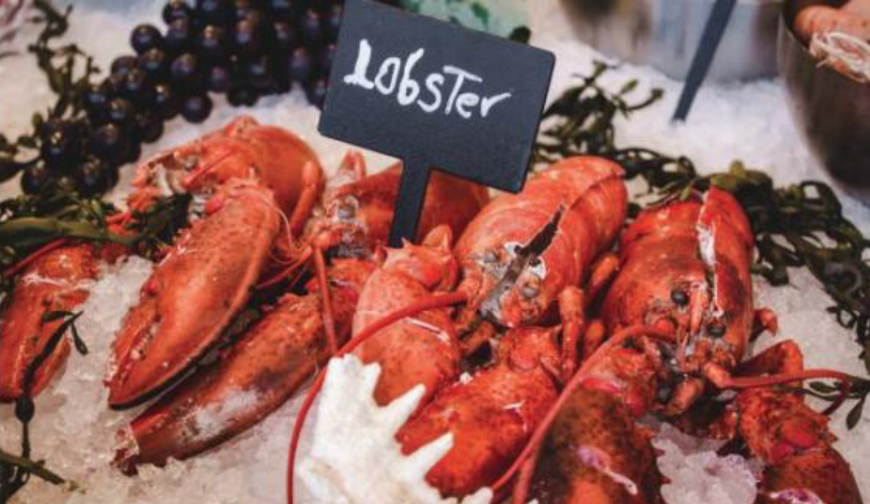Highly prized as seafood, lobsters must be one of the marine crustaceans that feature prominently on the menus of most fancy restaurants. Varieties include clawed lobsters, spiny lobsters, and squat lobsters.
Long Maturity and Cannibalistic Risks
Before the mid-1800s, lobsters were still plentiful, more prominent in size, and lived much longer. During these times, the lobster wasn’t considered the ‘king of seafood.’ Instead, it was food to prisoners, apprentices, and slaves during the colonial times, and usually labeled ‘the poor man’s protein.’ Of course, this didn’t stick for long, for the love of lobsters ultimately grew.
However, just like most seafood, lobsters face the threat of over-fishing. Day by day, whether by trawls or traps, fishers take far more lobsters out of the seas than can be replenished by the spared breeding stock. The World Wildlife Fund estimates well over 53% of global fisheries face full exploitation. Unless the trend reverses, the world could be facing the collapse of all species harvested for food by 2048.
In such dilemmas, aquaculture is often the solution offered to take some pressure off over-fished seas. But lobsters, it turns out, are not suited for this way of life. First, it takes five to seven years for the larvae to mature. In addition to their long maturity span, they also require vast food supplies. And if not properly fed, they become cannibalistic.
How Sustainable is Lobster Fishing?
Legal restrictions on lobster fishing are enforced in many parts of the world. Laws enforced since the late 19th century in Maine’s lobster industry would be, perhaps, why the region still boasts a healthy lobster population despite the ever-surging demand.
Maine passed the country’s first sustainability law in 1872, requiring fishers only to keep lobsters measuring 31/4-5 inches. Any lobster sized more or less should be tossed back to the sea. Holding prohibited sizes is illegal and can easily incur a hefty fine and risk the cancellation of one’s license. This law ensures baby lobsters grow to maturity while the over-sized animals are protected for life, guaranteeing healthy populations. The traps are also designed only to catch in-range lobsters to prevent unnecessary catches.
Since then, a variety of measures have been put in place. The state regulates the number of fishers legally allowed in the area through licensing. Licenses aren’t easy to come by, and one has to wait after completing a lobstering apprenticeship until a lobsterman retires or fails to renew their license. It, therefore, becomes almost impossible to obtain a commercial lobster license.
Lobstermen should also clip a ‘v-notch’ on egg-bearing females, marking them sanctioned for life, and protecting the fishery broodstock. Even though caught without eggs, a female lobster bearing the notch must be thrown back. There is also a limit of up to 800 traps allowed for each harvester.
Other regulations, such as the ‘operator requirement,’ which only mandates the holder of the license to fish, are all means to ensure a sustainable fishery.
Compliance isn’t just expected entirely from the lobstermen as wholesale markets have to abide by the laid-out policies as well. Those found flaunting the rules incur hefty fines and risk shut down.
Why Sustainability in the Lobster Industry Matters Now More Than Ever
As the worldwide demand for lobsters grows, the amount of lobsters harvested annually continues to hit skyrocketing numbers every year. While this might seem great for the economy and local fishers in the short run, keeping the overall lobster population in check is critical. With such a booming demand for lobsters in Asia, if the laid-out precautions aren’t adhered to, lobsters could be soon facing the same problem faced by the bluefin tuna-depletion.
Read Also: Ron Izalco 10 Yr Rum Launches in US – Food & Beverage
Also, if the lobster population starts declining, lobster harvesting is most likely to be hit with stricter restrictions, and the resulting price may discourage current buyers. Hence, sustainability plays an ever-growing role in local and world economies, which is great for everyone, including these crustaceans.







